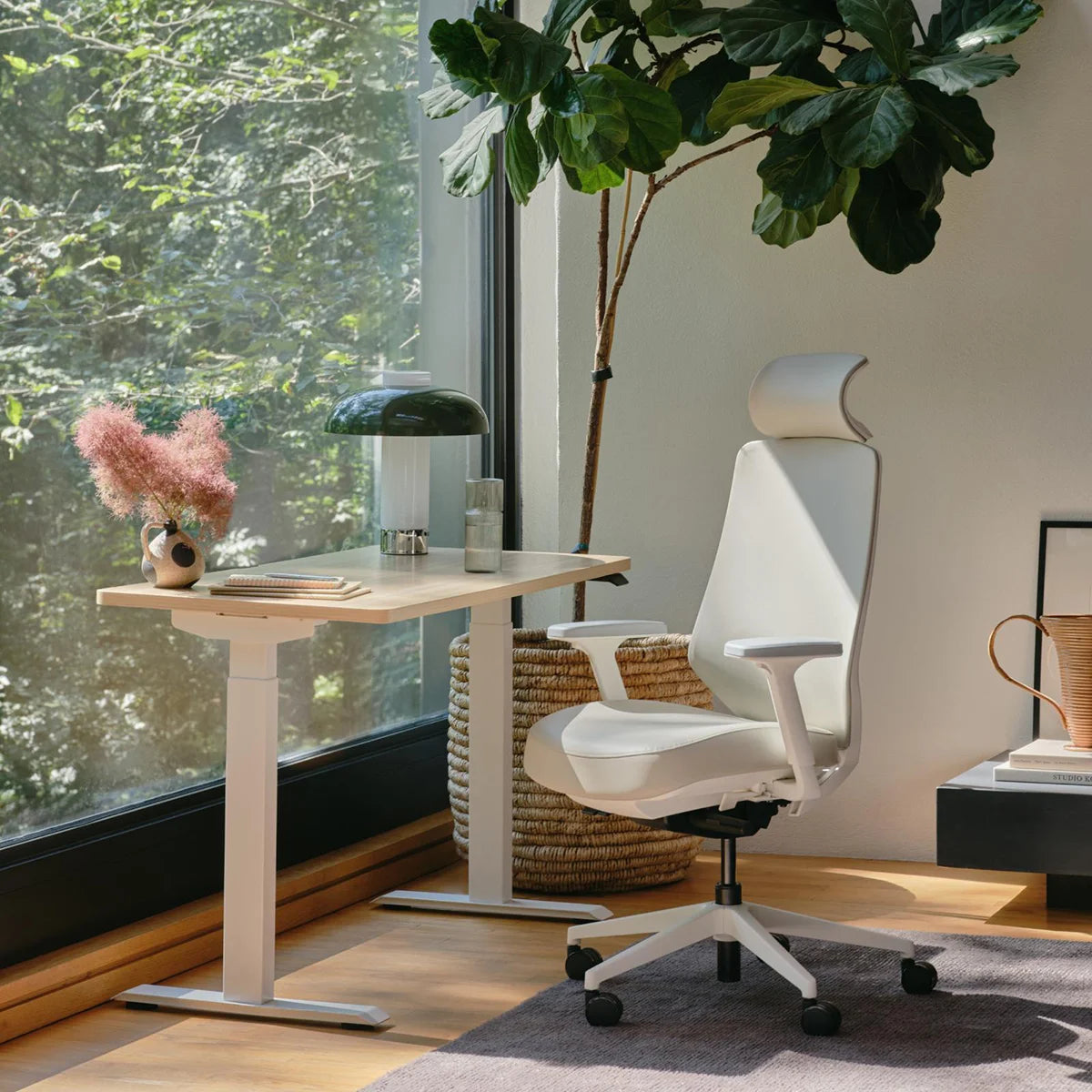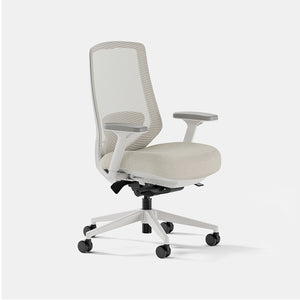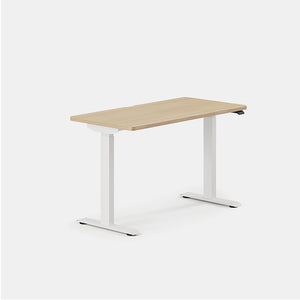During the pandemic, people around the globe were sent home and instructed to work from there until further notice. Many traded their suits and business casual dress code for joggers, comfy clothes, and occasionally pajamas. Remote workers had to adapt quickly, and so did employers. Many newly remote teams didn’t have office furniture or suitable Wi-Fi and were unprepared to create a healthy, effective office workspace.
Fast forward to today, and only a fraction of workers return to doing in-office work full-time. Some workers remained remote, as a portion of offices downsized their office space or shut down offices permanently in favor of remote work. Others adopted a work schedule that some workers view as a compromise — welcome to the era of a hybrid work schedule.
In 2022, 60 million full-time workers reported they could get their job done by working remotely. To put this in perspective, that’s roughly half of the workers in the U.S.
Different working options have become more manageable with the latest tools and tech stack options, enabling employees to have real-time communication and video meetings. Video platforms like Zoom and Microsoft Teams and the ability to streamline communication through Slack allow employers to feel comfortable implementing hybrid work policies and think about the workspace in a whole new way.














